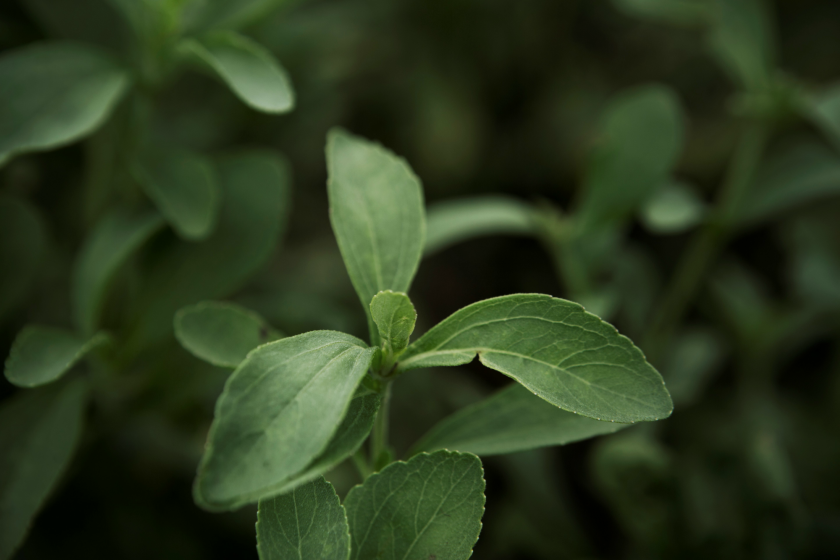Dr. Ursula Wölwer-Rieck Discusses Significance of Recent Study on the Naturality of Stevia
 New research published in the International Journal of Food Science and Technology found steviol glycosides are not altered during the extraction and purification process to make high-purity stevia extract. The study was conducted by Dr. Wölwer-Rieck a well-recognized stevia expert and researcher at of the University of Bonn in Germany. Dr. Ursula Wölwer-Rieck is a board member of the European Stevia Association (EUSTAS), and also serves on the scientific advisory board of the Global Stevia Institute.
New research published in the International Journal of Food Science and Technology found steviol glycosides are not altered during the extraction and purification process to make high-purity stevia extract. The study was conducted by Dr. Wölwer-Rieck a well-recognized stevia expert and researcher at of the University of Bonn in Germany. Dr. Ursula Wölwer-Rieck is a board member of the European Stevia Association (EUSTAS), and also serves on the scientific advisory board of the Global Stevia Institute.
Following is a Q & A with Dr. Wölwer-Rieck, and you can read a release on the study here.

1. Why was this study conducted and what is the significance of this study?
The naturality of stevia has been questioned in relation to its processing, which is a multi-step processing and some have suggested that compounds not of the plant are formed during this process. This is the first study to systematically look at whether the original steviol glycosides from the stevia plant are affected or modified by the typical commercial extraction and purification processes used to obtain high-purity stevia sweeteners.
2. What were the major findings of this research?
We analysed samples of three independent commercial-scale batches of stevia leaf, provided by PureCircle, Ltd. Each batch contained the original dried stevia leaf, the first water extract, and a final 95 percent purity stevia leaf extract end product. We could show in these samples that the nine most abundant steviol glycosides naturally present in the stevia leaf are not changed during the extraction and purification process to high-purity stevia sweetener. There is no change of the chemical structure or presence of the nine steviol glycosides from the original plant to extracted sweetener in the tested samples.
3. As a well-known stevia expert, what would you like to see as a follow-up study to these current findings?
This study focused on the nine primary steviol glycosides specified in the JECFA specification (JECFA, 2010). However, there are more than 40 different steviol glycosides that have been identified in the stevia plant. While all 40 plus steviol glycosides have US GRAS (Generally Recognized as Safe) status, it would be interesting to examine more closely the minor steviol glycosides.
4. You have several research publications to date on stevia. Please tell us how you got interested in stevia research?
I got interested in stevia as I recognized that this is a sweetener which has a lot of advantages compared to other sweeteners on the market. Stevia is plant-based and very stable during cooking and baking and without calories.
5. Anything else you would like to add?
Stevia is such an exciting plant: It contains further interesting components apart from the sweet steviol glycosides like polyphenols which are generally considered as antioxidant and therefore beneficial for human health.
TO READ THE FULL ARTICLEhttp://onlinelibrary.wiley.com/wol1/doi/10.1111/ijfs.13494/full
REFERENCES
- Publication Reference: Oehme, A., Wüst, M. and Wölwer-Rieck, U. (2017), Steviol glycosides are not altered during commercial extraction and purification processes. Int J Food Sci Technol. doi:10.1111/ijfs.13494

